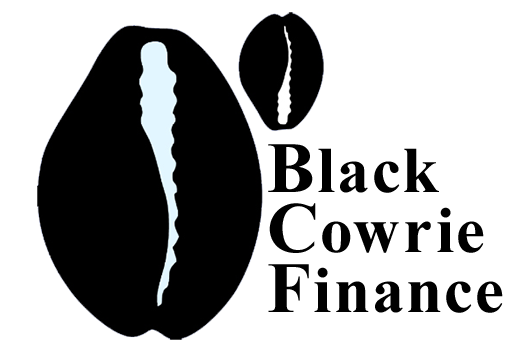Cowries no longer serve as currency in West Africa, but traces remain of their history as a form of money. In Ouagadougou, Burkina Faso, people still occasionally give alms to the poor in the form of cowries, either alone, or mixed with coins. Some traders specialize in selling items such as cowries as ritual offerings. People across West Africa may still pay for ritual services using the little white shells.
In Ghana, the national currency is the cedi, which is the Akan (Twi) word for “cowrie”. The coin for 20 cedis featured the image of the beloved shell in 1991.
The West African central bank (the BCEAO — Banque Centrale des États de l’Afrique de l’Ouest) has its headquarters in Benin. The modern-looking corporate building is decorated with cowries the size of windows.
“The skyrocketing cowry prices are now a scandal. Elderly men who want to buy them for ritual uses find themselves competing either with those who produce craft items for sale to tourists or with young men who seek cowries to trim costumes that have become popular for stage use. In my recent trips to Burkina Faso, when I mention the Indian Ocean origins of cowries people listen attentively. I would not be surprised if someday one of the enterprising men or women traders of West Africa discovered the Maldives during an import/export trip to Dubaî or Hong Kong and restarted the historical shell trade.”
— Mahir Şaul, 2004***
The Symbolic Wealth of the Cowrie
The cowrie’s elegant shape represents the female form, its rounded top reminiscent of a pregnant woman’s belly. Thus it is a symbol of fertility. The slit on the underside of the shell can look like a black pupil against the pearly white surface, which is why it is often used to ward against the evil eye.
The benedictive power only enhances the elegance of the shells. Cowries are often used as ornamental beads: incorporated into jewelry, worn in the hair, decorating statues, and baskets.
The cowrie is a protective charm (gris-gris) adorning the outfits of hunters and warriors, woven into sacred masks and costumes for dance ceremonies. It can be an element in traditional medicine and may accompany the dead on their journeys out of this world.
The Lodagaa of northern Ghana, for instance, believe that the deceased need a fee of twenty cowries to cross the River of Death and reach the land of the dead to the west.
Many communities across western Africa and beyond use these shells as divination tools. The fortune-teller throws or simply drops the cowries onto a typically circular surface, and interprets their positions to tell the future. The number of shells used depends on each diviner and the tradition they come from. The Yoruba, for example, use sixteen cowries in their Merindinlogun divination to ask the Orisha spirits for advice. Some use the cowries in conjunction with — or instead of — other tools like bone fragments or kola nuts.
Although the cowrie, as currency, lies in West Africa’s past, its symbolic value endures. As the Hausa say: “Whoever is patient with a cowrie shell will one day have thousands of them”.
-
Previous Post
The Cowrie: Monetary and Symbolic Value








